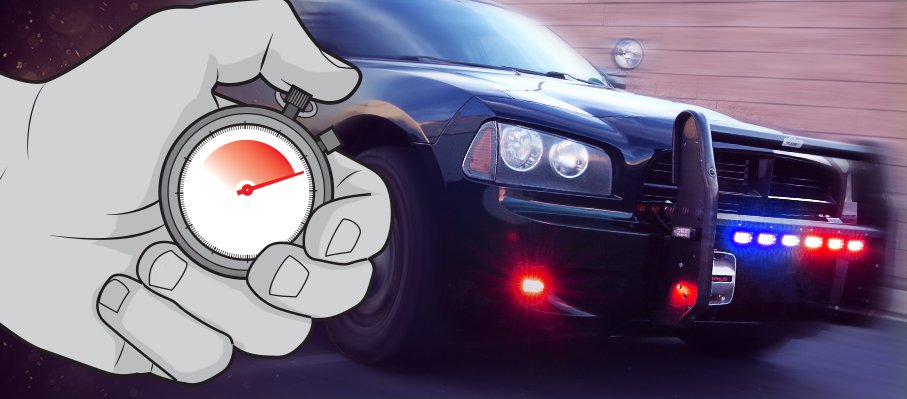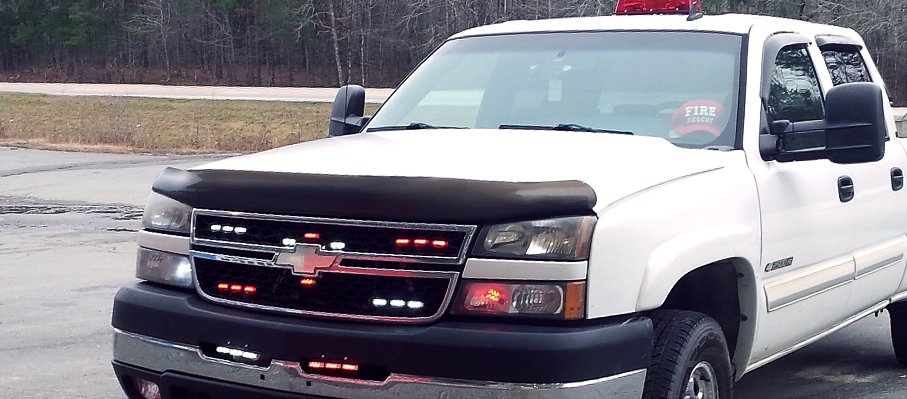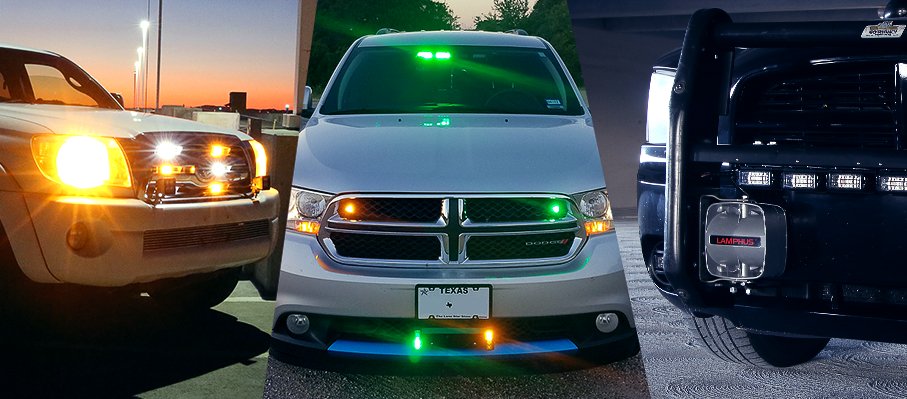
If you are a first responder, you know that getting to the scene of a crime or accident is one of your highest priorities. At the same time, your safety and that of other drivers is also paramount. You may be wondering what standards are in place that dictate how long you should take to get to your destination.
Laws
Surprisingly, there are no federal or state laws that spell out emergency vehicle response times for EMS workers or other first responders. That being said, some municipalities do enter into agreements with private EMS companies and even local police departments to set more specific time standards.
In some cases, these are made into town or city ordinances for clarity’s sake. Many communities set a standard of eight minutes or less 90 percent of the time, although these numbers can vary in more rural areas.
Consensus Standards
In an effort to quantify these emergency protocols, the EMS industry has developed consensus standards for benchmarks such as response time. These benchmarks give individual companies finite goals to work toward and help them track outcomes when the need for additional funding arises.
Although these standards are not mandatory, following them voluntarily can make a huge difference in the event of liability lawsuits. Departments wishing to protect themselves against litigation will find it to be in their best interest to have quantifiable emergency response time standards in place combined with carefully crafted safety protocols and thorough training programs for all emergency responders.

NFPA Standards
One key benchmark for EMS response times was set forth by the National Fire Protection Association’s (NFPA) 1710 Standard (for the Organization and Deployment of Fire Suppression Operations, Emergency Medical Operations and Special Operations to the Public by Career Fire Departments). Developed over three decades by a team of fire officials and city and county managers, this standard calls for a one-minute turnout time with an arrival on scene of four minutes or less 90 percent of the time.
The standard also recommends that fire departments‘ capabilities include equipment, personnel and resources at the first responder level. In addition, they recommend that an automated external defibrillator or a higher treatment level be in place for all emergency calls. Departments can have mutual aid agreements with other municipalities or units to help to meet this standard.

How to Achieve Fast and Safe Response Times
According to the American Heart Association, brain death and permanent death begin to occur between four and six minutes after someone experiences cardiac arrest. What’s more, fires can quickly escalate out of control, placing victims in immediate danger of dying. For these and many other reasons, arriving safely at the scene of a fire, accident or medical crisis is vital.
Here are some tips that can help you get to your goal on time and in one piece:
- Inspect your emergency vehicle before starting your shift, particularly if it is your personal means of transportation. Be sure it is fully stocked with fuel and that no warning lights are displayed. Tires and brakes should also be checked.
- Plan your route wisely. Even if you often rely on GPS to make the decisions, keep in mind that this technology may overlook certain factors. For instance, it could direct you on a course that crosses railroad tracks where trains frequently run. Getting stuck behind a freight train is a sure way to interrupt your emergency trip. Worse still, you might not even hear the whistles or bells that signal an oncoming train. Considering that it can take up to one mile for freight trains to come to a complete stop, you could be placing yourself in real danger of a fatal collision. Avoid these pitfalls by knowing your area. Customize your own route if your GPS takes you on a path that will not optimize your speed or safety.
- If you are using your own personal vehicle, make sure you have the right set of emergency vehicle lights mounted on your roof. Your municipality or department will determine which are appropriate for you. Regardless of what you use, having these accessories will help to make you more visible to other drivers. In addition, these LED lights and strobes can help to illuminate the roadway in front of you. This is particularly beneficial during extreme fog and at night. Today’s LED light bars are quite bright and powerful while using very little energy. They can also shine in a number of different colors including white, red, blue and amber and can flash in various patterns. You should consult with your department or municipality to ensure that yours are in compliance with their standards.
- Take advantage of your siren. Although auditory cues are not foolproof ways to alert pedestrians and drivers to the presence of your emergency vehicle, they can often make a difference. Their purpose is to provide a loud signal that encourages drivers to move out of your way and pedestrians not to cross in front of you.
The more quickly you arrive at the scene of a crime, an accident or medical emergency, the better you will be able to assess the situation and provide the best possible intervention. When every second is of the essence, do everything you can in advance to prepare yourself and your vehicle. When the time comes and you are needed within three or four minutes, you will be ready to rise to the occasion.



Post Comments
You must be logged in to post a comment.
click here to login